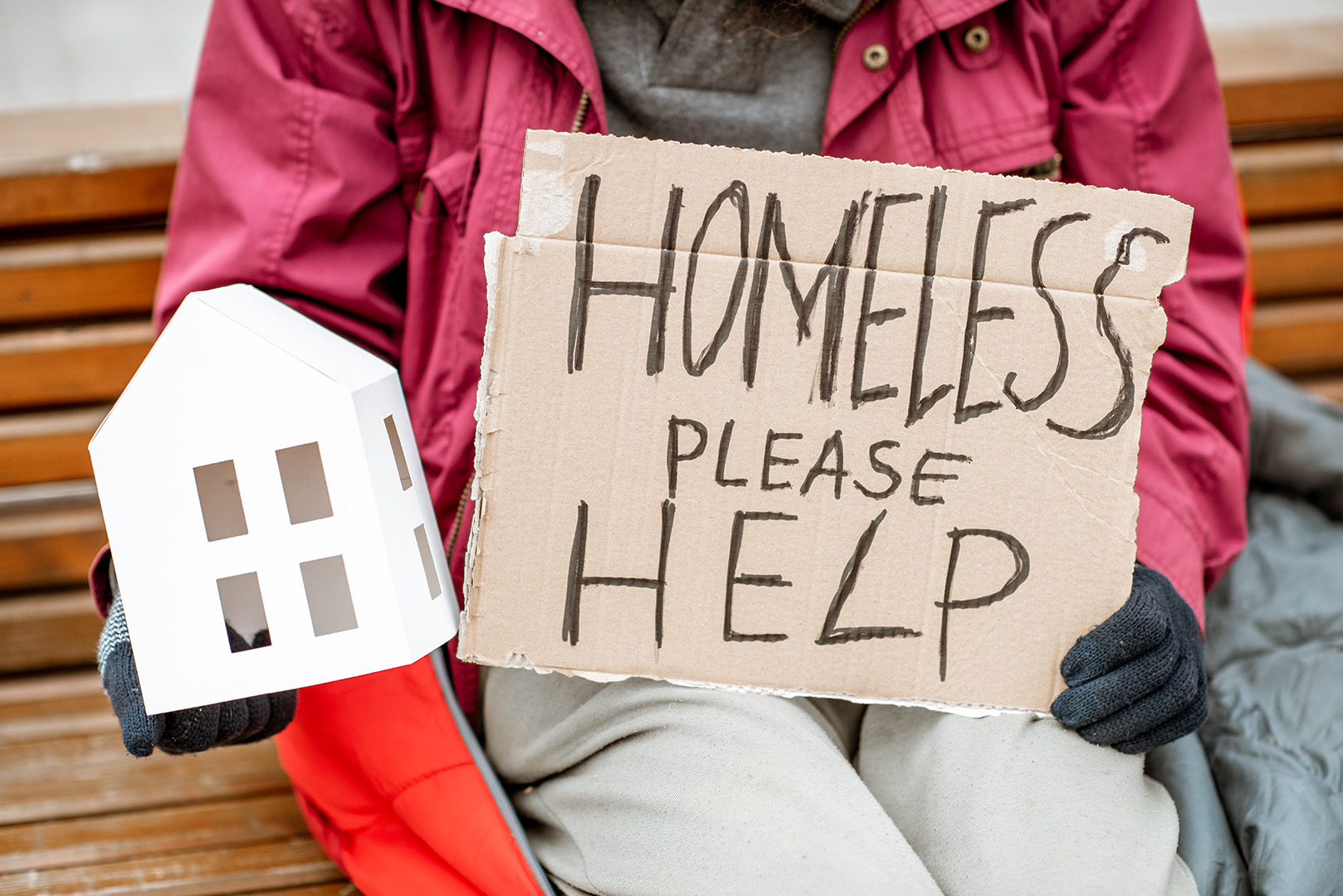The Top 5 Healthcare Podcasts about PX in 2023
Are you ready to take your patient experience game to the next level? As healthcare continues to shift towards value-based care, it's more important...

Health is a fundamental aspect of human life. It affects our ability to work, learn, and thrive as individuals and as communities. However, health is not solely determined by individual behaviors and choices. Several socioeconomic factors, commonly referred to as social determinants of health (SDOH), have a significant impact on health outcomes.
In this blog post, we explore the link between community health and wellness and SDOH, and how understanding this connection can lead to better health outcomes.

Community health is a medical specialty that focuses on improving the well-being of people living in the same region. Healthcare professionals in this field work to address the unique health needs and challenges encountered by marginalized or underserved populations. They provide a wide range of services including health education, counseling and social support, advocacy, preventive care, and outreach programs. The ultimate goals of community health are to minimize health disparities and enhance the quality of life for communities and their members.
However, achieving these goals can be challenging due to the impact of SDOH. SDOH refer to the societal forces that influence an individual's ability to obtain quality healthcare and incorporate healthy behaviors into their daily lives. Economic policies, development agendas, social norms, and political systems are just a few of the variables that contribute to SDOH. These social determinants include income, education, job opportunities, safe housing, access to nutritious food, and exposure to environmental toxins, as well as discrimination, racism, and violence. Research shows that SDOH can account for up to 55% of health outcomes.
Unfortunately, individuals with fewer resources tend to experience poorer health outcomes than those with greater resources, highlighting the significant role SDOH plays in community health and wellness. Below, we delve deep into three of the most prevalent SDOHs and their contribution to health disparities.

Housing instability is a pressing issue that drastically affects community health and wellness. It encompasses a wide range of challenges, such as difficulty paying rent, overcrowding, frequent moving, and spending a large portion of income on housing. For cost-burdened households, the inability to cover basic needs such as healthcare, groceries, and utilities can have significant health consequences. This is particularly true for African American and Hispanic households, who are disproportionately affected by housing insecurity.
Recent statistics show that in 2019, approximately 37 million US households were considered cost-burdened, and 580,000 individuals experienced homelessness in 2020. Housing insecurity can lead to increased stress, strained relationships, lack of sleep, and exposure to infectious diseases, all of which can contribute to an increased risk of chronic illness, mental health disorders, and substance abuse.
Unfortunately, the effects of housing instability extend beyond health outcomes. It can also significantly impact educational achievement, employment opportunities, and successful relationships. For example, children who grow up in unstable housing environments may experience disruptions that hinder their academic progress. Similarly, adults who are struggling to make ends meet may face challenges in holding down a job due to financial stress and burnout.

Enrollment in higher education is another prevalent issue with profound implications on community health and wellness. Research indicates that earning a bachelor's degree can double one's lifetime earnings and significantly improve health outcomes, such as lower rates of alcohol consumption and higher rates of physical activity. Yet, in 2020, only 66.2% of high school graduates aged 16-24 were enrolled in colleges or universities.
While the high cost of tuition is a significant barrier to college enrollment, other factors also play a role. For example, students' preparedness for college-level coursework can be impacted by the quality of their high school education. Students who attended underfunded schools that were unable to provide a challenging or stimulating curriculum may lack the skills and confidence needed to succeed in higher education.
Additionally, the attitudes and beliefs of caregivers can also influence decisions about pursuing higher education. Individuals who grew up in families that didn’t value educational achievement or didn’t have the financial means to attend college themselves may feel unmotivated or doubt their ability to succeed.

Lastly, access to quality medical care is another critical concern that contributes to poor community health and wellness. While several factors influence inadequate healthcare access, health insurance is often the biggest obstacle. For those without coverage, out-of-pocket medical care costs can prove to be a significant burden, leading individuals to either delay much-needed care or accumulate substantial debt. This is particularly true for people with lower incomes, and for minority groups, who account for over half of the uninsured population.
The negative effects of poor healthcare coverage are well documented. Uninsured adults are less likely to receive preventive care for chronic conditions, such as diabetes and heart disease. Similarly, children without coverage are less likely to receive treatment for conditions like asthma, or preventive services that track developmental progress, such as immunizations. The type of insurance an individual has also affects health outcomes, as Medicaid patients, for instance, often experience access issues due to its lower reimbursement rate.
However, lack of healthcare coverage is not the only barrier to healthcare access. For example, physician shortages in rural communities can contribute to limited availability of specialists and delayed care. In these cases, Telehealth carts can play a vital role in alleviating access issues, as they enable patients in acute care facilities to consult with a specialist anywhere in the country the moment symptoms arise.
Social determinants of health play a crucial role in shaping the quality of life of individuals. Factors such as housing insecurity, limited education, and inadequate healthcare access create a perpetual cycle of challenges that can be difficult to break free from.
However, by understanding the multifaceted and complex relationship between community health and wellness and SDOH, healthcare professionals and policymakers can take meaningful steps toward promoting health equity and enhancing the well-being of communities.

Are you ready to take your patient experience game to the next level? As healthcare continues to shift towards value-based care, it's more important...

In recent years, the applications of artificial intelligence have surged, revolutionizing various industries to be more efficient and effective, and...

NOTE: This blog was last updated on Oct 11, 2024. When shopping for entertainment solutions for patients, hospital and healthcare providers want to...